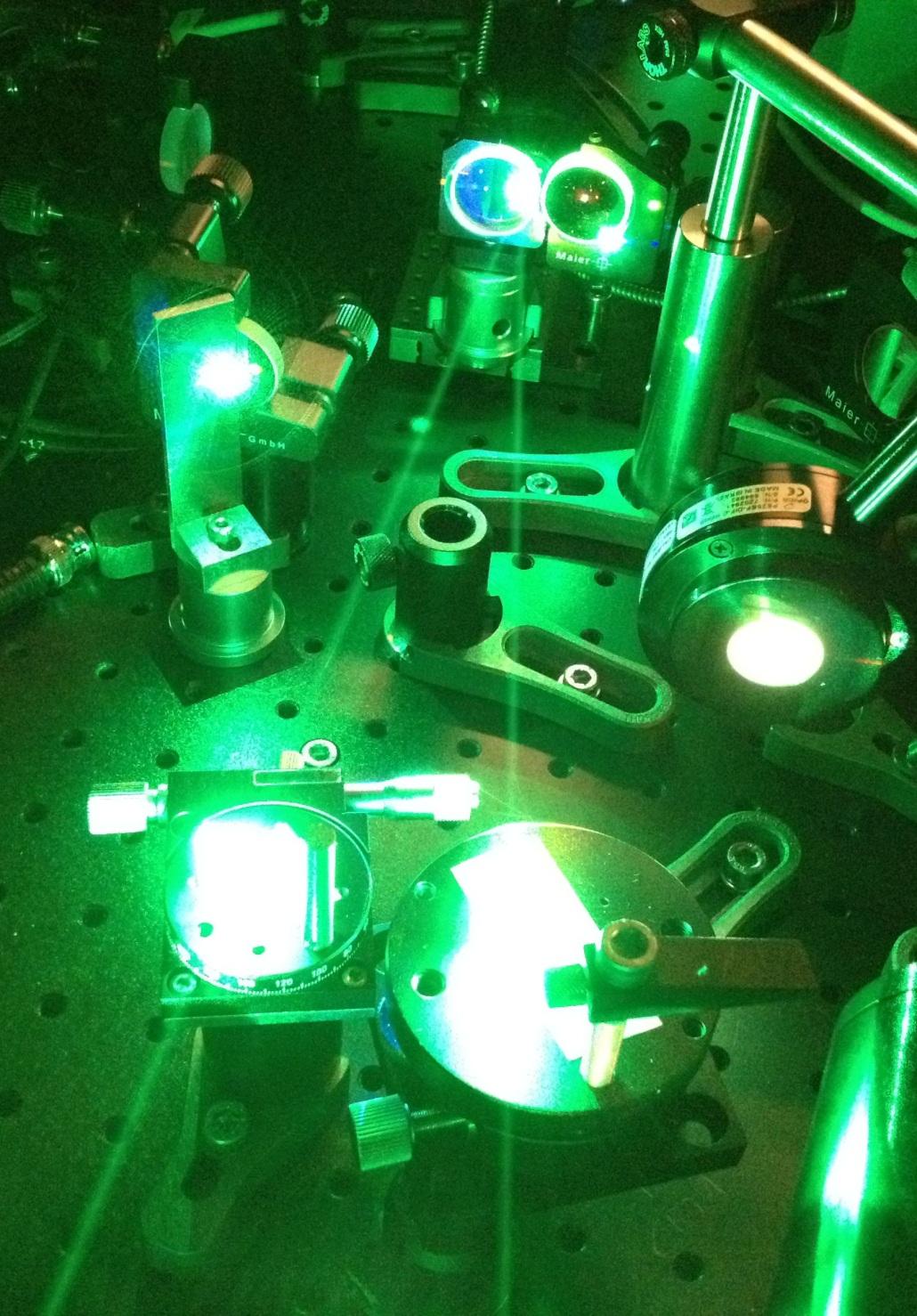Seeding of Free Electron Lasers
Free electron lasers constitute unique sources of coherent radioation in the XUV spectral range. At DESY, the brilliant source FLASH has been available for user access for years and delivers a brilliant photon beam, covering wavelengths between 4.3 and 47 nm. The drawback of FELs such as FLASH is the spontaneous nature of the SASE process (Self Amplified Spontaneous Emission) which is reflected in poor longitudinal coherence. The SASE amplification process should be replaced with seeding with a higher harmonic of the laser frequency (HHG), in order to suppress the background fluctuations from which SASE develops. Compared to a SASE pulse, the amplified pulse will have a definite longitudinal phase. In addition to an improved temporal coherence, the hope is to improve the time arrival jitter of the FEL pulses at the experimental station through precise synchronization of the seed laser to a pump-probe laser.

A laser driven XUV seed source is required for FLASH-2. Different schemes to increase the harmonic yield are being developed. One of the schemes under consideration is based on quasi-phase matching in a multijet array [1-3]. The laser system for generation of FLASH-2 FEL’s XUV seed source is developed in a joint collaboration between DESY and Helmholtz Institute Jena. A characteristic parameter of such a laser system is the high average power [4,5]. The laser amplifier is designed for a repetition rate between 100 kHz and 1 MHz in burst mode. Commercial mJ-class laser amplifiers are available up to a repetition rate of a few kHz. Therefore, intensive research of novel laser amplifier technologies is required to meet specifications.